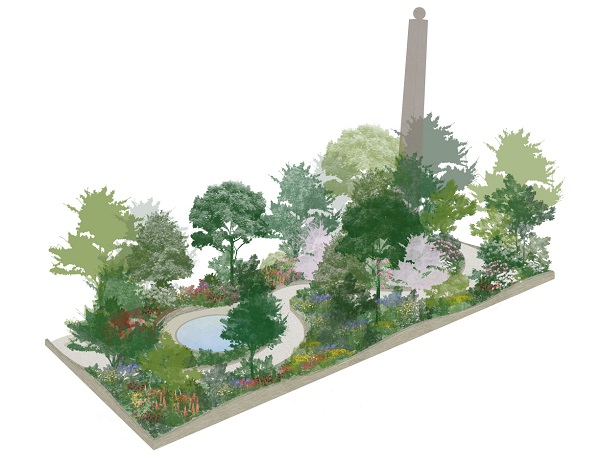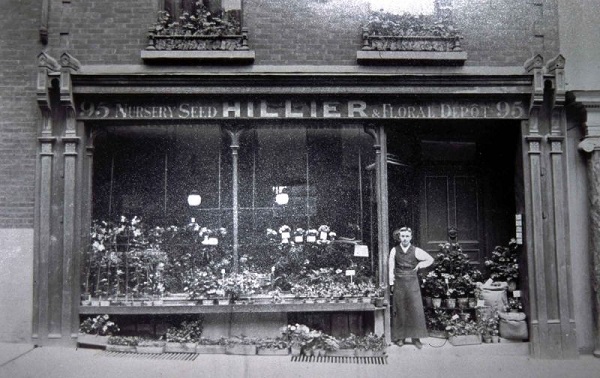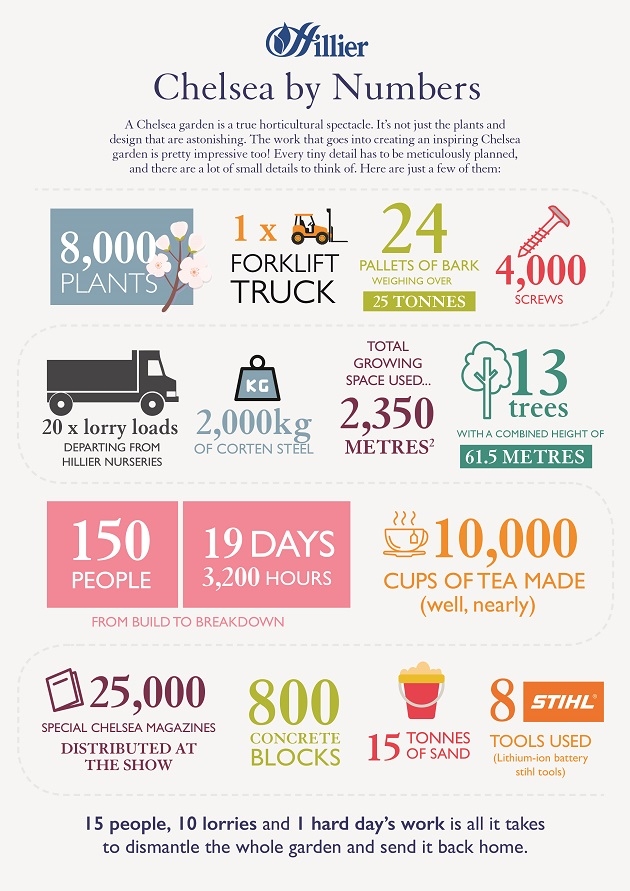
The RHS Chelsea Flower Show is one of the most prestigious events in the global gardening calendar, with over 165,000 people attending the show each year. The amount of work in putting together the show is phenomenal, but just what does it take to create a gold medal-winning Chelsea garden?
George Hillier gives insight from the most successful exhibitor in Chelsea Flower Show history, Hillier Nurseries.
There are some incredibly impressive numbers behind Hillier, and we are very proud of every single one of them. Let’s start with Hillier’s biggest stat – 72 consecutive gold medals!
Another impressive number is 730 which is the number of days from when we start thinking about our Chelsea plant stars until the show opens. As soon as one show finishes we’re already thinking of the future. We then begin putting the plans into action as soon as the previous show comes to a close, giving us a full year to pull everything together.
We have 1.3 million plants to choose from at our 60-acre nursery, which in 2018 gets whittled down to a still staggering 8,000 plants on show in our ‘Stihl Inspiration by Hillier’ garden – all grown by just three people. The plants are grown in 550m2 of polytunnels, 1500m2 in glasshouses, and 300m2 of outdoor growing space, as well as two cold stores.
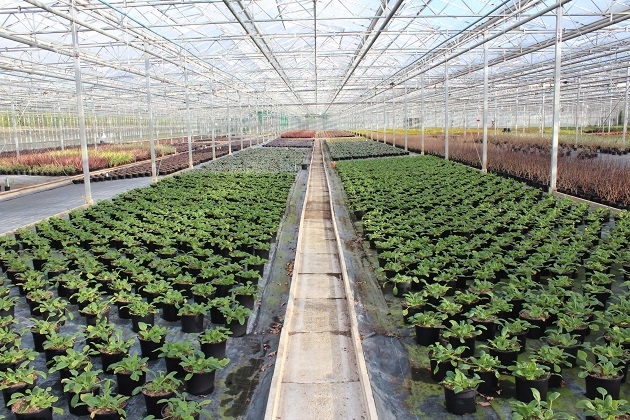
One of the glasshouses at our 60-acre nursery
There are a significant number of people on the Hillier Chelsea team. Almost 150 people are involved in the proceedings and we’re a thirsty bunch; we must get through at least 10,000 cups of tea, if not more, just whilst putting together the garden. The kettle’s always on!
Then onto the build – 20 lorries will set off from Hillier HQ to the Royal Hospital ground and eight different lithium-ion battery powered STIHL tools will be used in the construction. This year, we will use 112 bags of cement, 800 concrete blocks, 60 tons of hardcore, 15 tonnes of sand, 24 pallets of bark which weighs over 25 tonnes, and this year’s garden will also feature 2000kg of corten steel and over 4,000 screws!
The steel, provided by The Pot Company, arrived at our nursery in early March, ready to be treated to give us the desired finish for display in the garden before being transported to Chelsea. The Corten steel has had a salt water solution sprayed on to it twice a day since it arrived to give it the required look. At Hillier, we are renowned for our trees and the 2018 Hillier garden will feature trees with a combined height of 61.5m, which is taller than the Leaning Tower of Pisa!

The Nursery team with the treated corten steel
We will distribute 25,000 copies of the Hillier Chelsea magazine at the show with an incredibly quick production scale to ensure that photos of the garden are featured.
From build to breakdown, the Hillier team will work for 3,200 hours over 19 days. All that and then just 15 people, 10 lorries and one very long day to dismantle the garden!
Whilst the numbers are astonishing, the most fascinating thing about Chelsea is the 3 the Ps – people, planning and plantsmanship. The three all come together at just the right time to ensure the plants are absolutely perfect in time for the show. This is Hillier’s forte, as Charles Carr, Head of Wholesale Nurseries explains.
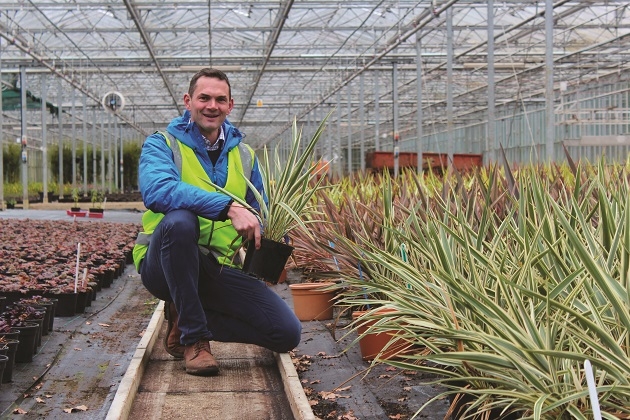
Charles Carr at the Nursery
Working with nature certainly has its challenges, even without the added pressures of RHS judging at the world’s most prestigious gardening show! We have to meticulously care for every single plant continuously and pander to their every single whim. From winter blankets on frosty days, to cold storage on warmer days – whatever they want they get.
At Hillier, we have invested in our growing technology to overcome any issues the weather might bring. It’s all part of the Chelsea process, and what makes Hillier such a specialist, is the technological advancements and systems we have in place. This puts us in the fortunate position to be prepared for when things like the recent “Beast from the East” hit. We have brought in advanced technology in glasshouses to help cope with the weather. For example, we use computer-controlled environments to compensate for the weather so that we can make sure everything is ready for Chelsea at exactly the right time.
We are able to speed up the plant growth to ensure every plant is at its peak for the show. And just to be safe, we have batches of the same plant kept in different growing environments purely because of the weather, our attempt to outsmart the unpredictable British climate.


